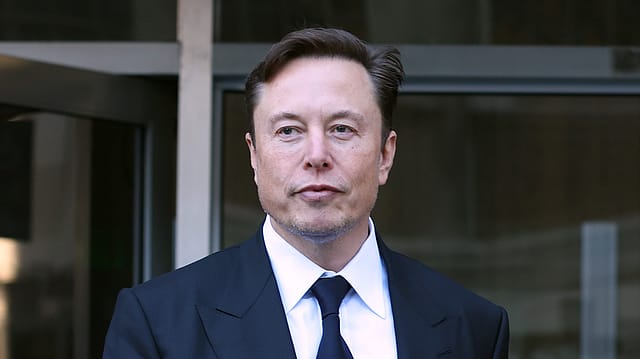TRAI's satellite permit cap may pose hurdles to Starlink's India foray
ADVERTISEMENT

Soon after two of the biggest telcos stitched deals with Tesla CEO Elon Musk-led satellite communication company Starlink, the US-based company may face a setback as India’s telecom regulator, TRAI, is reportedly mulling to restrict satellite permits to five years against the preferred 20-year timeline.
The telecom regulator is in the process of preparing key recommendations to the central government, which include limiting the satellite communication permit period and deciding on the pricing of satellite spectrum, as per a report by LiveMint. The regulator could submit these recommendations in about a month.
The Trai move comes amid Startlink's push for a 20-year satellite permit licence in India in order to offer affordable plans to businesses. Bharti Airtel and RIL, on the other hand, are seeking permits to be granted for 3-5 years. It is believed that allowing around 5 years of window will help the authority assess the market in a better way, and as the situation develops in the near future, the prices can be revised accordingly.
What is means for Starlink is that it'll have to comply with shorter renewal timeframes and some regulatory hurdles, thus making it hard to place long-term bets in the Indian market. The shorter permit period also makes it challenging to make large investments due to policy uncertainty.
December 2025
The annual Fortune 500 India list, the definitive compendium of corporate performance, is out. This year, the cumulative revenue of the Fortune 500 India companies has breached $2 trillion for the first time. Plus, find out which are the Best B-schools in India.
Notably, India’s satellite communication sector is poised to grow over 10-fold in size to touch $25 billion by 2028.
In a matter of a few hours on Tuesday, first Bharti Airtel and then Reliance Jio announced tie-ups with Elon Musk’s SpaceX to offer Starlink’s broadband internet services in India. While that means India is close to offering satellite communication services in and around the country, it could still take time to happen.
Much depends on Starlink getting regulatory approvals from the Union government. The Airtel press release categorically states “This is the first agreement to be signed in India, which is subject to SpaceX receiving its own authorisation to sell Starlink in India.”
Starlink offers satcom services using a constellation of over 7,000 low earth orbit (LEO) satellites that offer low latency (time delay between a request and response measured in milliseconds) globally. These satellites orbit the earth at 550 kilometres as opposed to 36,000 kilometres for geostationary satellites.
Starlink will aim to offer services in areas where network coverage is still inadequate. However, that is not going to be cheap. The rollout of Starlink services depends on SpaceX obtaining regulatory approvals from the Indian government, including licenses from IN-SPACe and the Department of Telecommunications (DoT). Currently, Starlink has not yet secured these approvals.
